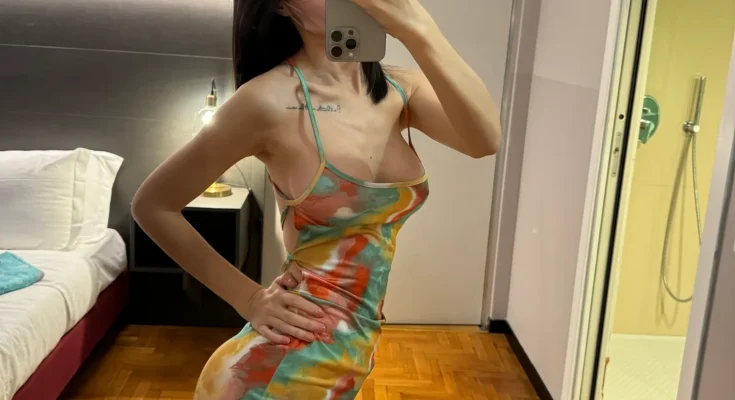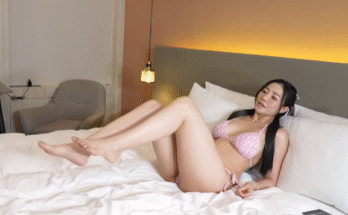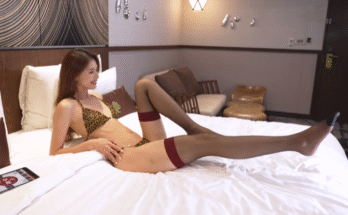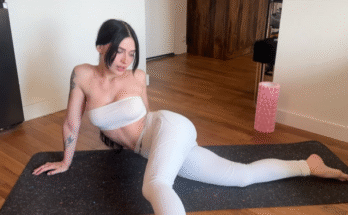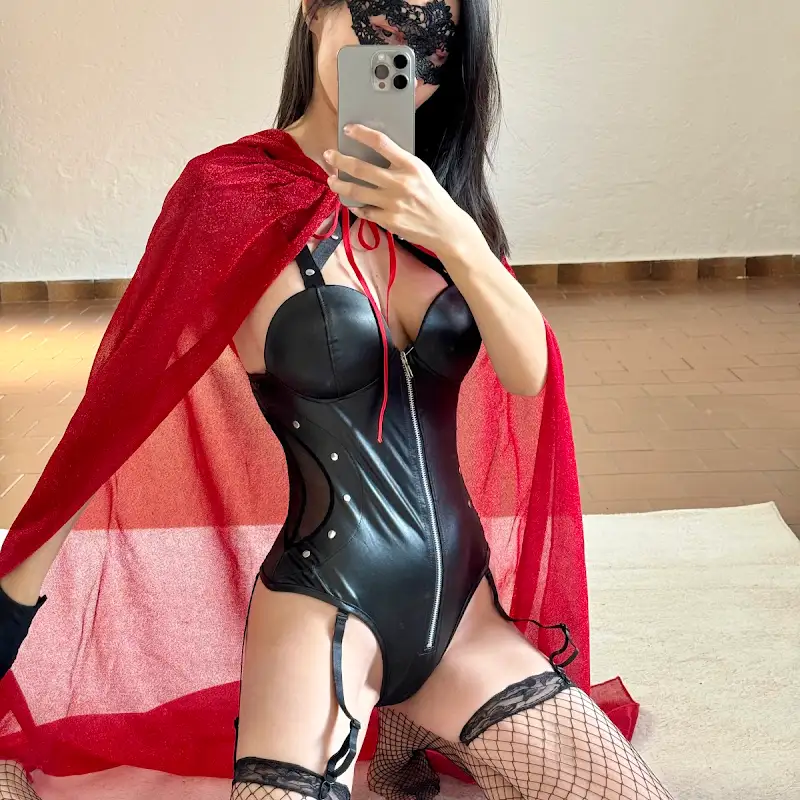
Our legs are the foundation of our movement, carrying us through daily tasks, workouts, and adventures. Yet, they often hold tension, stiffness, and fatigue from long hours of standing, sitting, or intense exercise. A dedicated legs stretching yoga flow can bring relief, improve flexibility, and restore balance. In this guide, we’ll walk through a mindful sequence that stretches the hamstrings, quadriceps, hips, calves, and inner thighs while also calming the mind.
The Importance of Stretching Your Legs
Before diving into the flow, it’s worth understanding why leg stretches are essential. The major muscles of the legs—the hamstrings, quadriceps, calves, glutes, and hip flexors—tend to tighten when they’re overworked or neglected. Tight legs can lead to lower back pain, reduced mobility, and even injuries.
Yoga offers a holistic way to stretch not just the muscles but also the connective tissue and joints. Unlike quick static stretches, a yoga flow invites breath awareness, alignment, and gradual deepening, which allows the body to release tension safely.
Preparing for the Flow
- Duration: About 25–35 minutes.
- Props: A yoga mat, optional strap or towel, and blocks if you need extra support.
- Mindset: Enter the flow with patience. Flexibility develops over time; the goal isn’t perfection but presence.
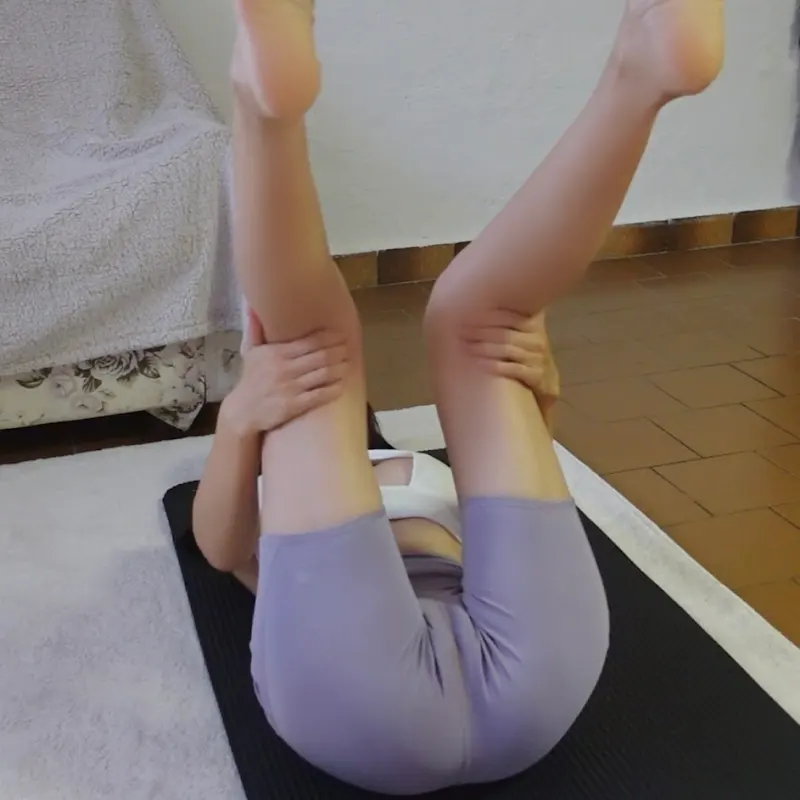
Legs Stretching Yoga Flow Sequence
1. Centering and Breath (2–3 minutes)
Begin in Easy Pose (Sukhasana) or seated comfortably. Close your eyes, lengthen your spine, and rest your hands on your knees. Inhale deeply through the nose, exhale slowly through the mouth.
Bring awareness to your legs. Notice any tightness in your thighs, calves, or hips. Set an intention: “I release tension and create space in my legs.”
2. Seated Forward Fold (Paschimottanasana) – 2 minutes
- Sit with legs extended straight ahead.
- Inhale to lengthen the spine, exhale to hinge forward from the hips.
- Reach for your feet, shins, or use a strap around the soles if needed.
- Relax your neck and breathe deeply.
This pose stretches the hamstrings and calves while calming the mind.
3. Wide-Legged Forward Fold (Upavistha Konasana) – 2 minutes
- Open your legs into a wide V shape.
- Place your hands in front of you and slowly walk them forward.
- Keep your spine long, avoiding collapsing the chest.
- Hold and breathe, feeling the inner thighs and hamstrings release.
Variation: If flexibility allows, rest your chest on a block or the floor.
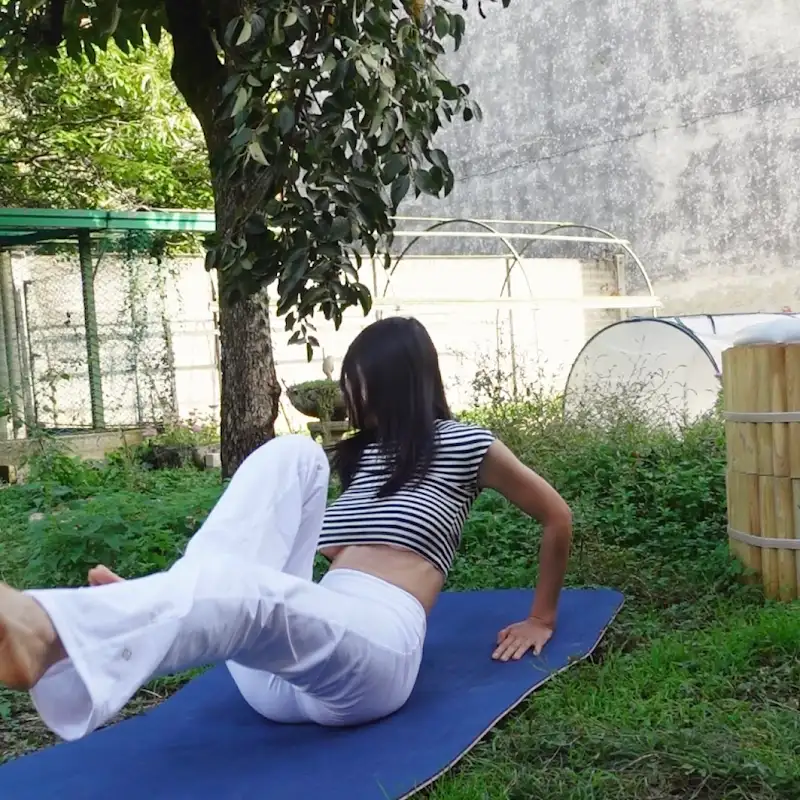
4. Low Lunge (Anjaneyasana) – 1 minute per side
- Step your right foot forward into a lunge, left knee on the mat.
- Stack your right knee over the ankle.
- Sink your hips forward and down, stretching the left hip flexors and quadriceps.
- Place hands on your thigh, blocks, or reach overhead.
Switch sides. This pose is especially beneficial for those who sit long hours.
5. Half Split (Ardha Hanumanasana) – 1 minute per side
From Low Lunge, shift your hips back so the front leg straightens. Flex the front foot, toes pointing upward. Keep your hips square.
- Fold forward over the extended leg.
- Feel the stretch in your hamstrings and calves.
Switch to the other side.
6. Downward-Facing Dog (Adho Mukha Svanasana) – 1–2 minutes
- From hands and knees, tuck your toes and lift your hips up and back.
- Press hands firmly into the mat, creating an inverted V-shape.
- Pedal your feet gently, bending one knee at a time to stretch the calves and hamstrings.
Stay here for several breaths, letting your legs lengthen.
7. Standing Forward Fold (Uttanasana) – 1–2 minutes
Walk your feet to your hands. Allow your upper body to hang heavy, crown of the head toward the mat.
- Bend your knees slightly if hamstrings are tight.
- Hold opposite elbows for Ragdoll pose, swaying side to side.
This stretches the hamstrings and decompresses the spine.
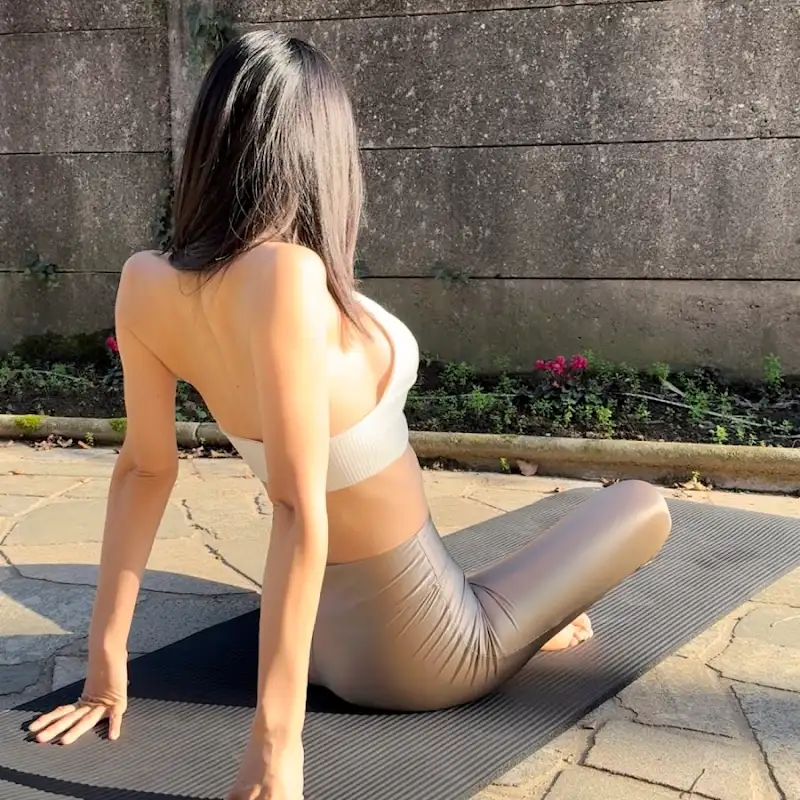
8. Triangle Pose (Trikonasana) – 1 minute per side
- Step feet wide apart, right toes facing forward, left toes slightly in.
- Extend arms parallel to the floor.
- Reach your right hand forward, then lower it to shin, ankle, or block.
- Stretch your left arm upward, opening your chest.
This pose targets hamstrings, calves, and inner thighs while improving balance. Switch sides.
9. Pyramid Pose (Parsvottanasana) – 1 minute per side
- Step into a short stance, right leg forward, left leg back slightly.
- Square hips to the front leg.
- Hinge forward over the front leg, keeping spine long.
This deep hamstring stretch also lengthens the calves. Switch sides.
10. Bound Angle Pose (Baddha Konasana) – 2 minutes
- Sit with soles of feet together, knees dropping outward.
- Hold feet or ankles, lengthen your spine.
- Option: Fold forward gently for a deeper groin stretch.
This pose stretches the inner thighs and hips.
11. Reclined Hand-to-Big-Toe Pose (Supta Padangusthasana) – 1 minute per side
- Lie on your back, legs extended.
- Use a strap around the right foot, lifting the leg toward the ceiling.
- Keep the left leg grounded.
- Option: Open the lifted leg outward to stretch inner thighs.
Switch sides.
12. Happy Baby Pose (Ananda Balasana) – 1–2 minutes
- On your back, bend knees and draw them toward your chest.
- Hold the outsides of your feet, bringing knees toward armpits.
- Gently rock side to side, massaging the spine.
This stretches hamstrings, inner thighs, and relieves tension in the hips.
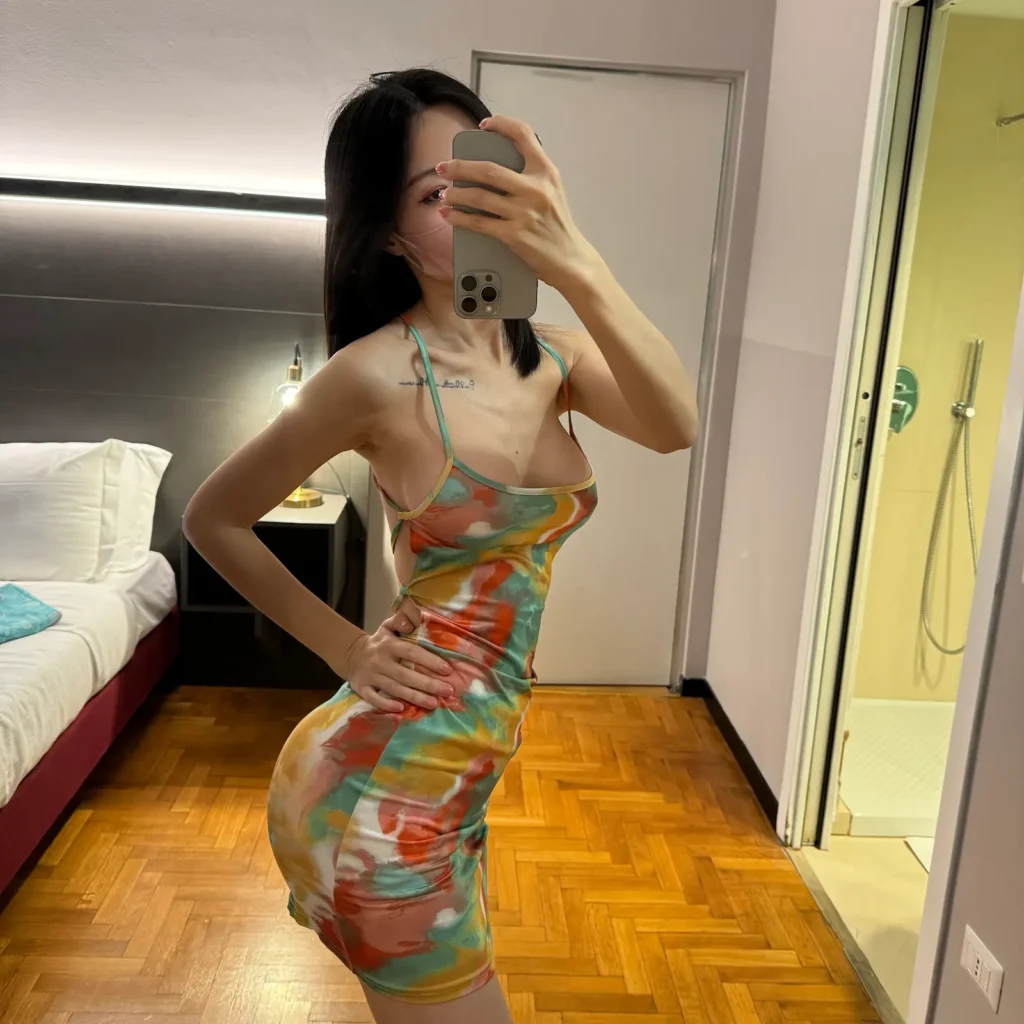
13. Final Relaxation – Savasana (3–5 minutes)
Lie on your back, arms relaxed at your sides, legs comfortably extended. Allow your legs to feel heavy, releasing all effort.
Bring awareness to the openness and lightness in your thighs, calves, and feet. Notice how your breath flows smoothly. End with gratitude for your body’s strength and flexibility.
Tips for Deepening Your Legs Stretching Yoga Flow
- Breathe consciously. Each exhale helps release tension.
- Use props. Blocks, straps, or bolsters make poses more accessible.
- Go slow. Never force a stretch; ease into it.
- Consistency matters. Practicing 3–4 times a week leads to lasting flexibility.
- Balance strength and stretch. Strong muscles support flexible joints.
Benefits of a Legs Stretching Flow
- Improved flexibility: Hamstrings, quads, calves, and hips become more open.
- Better posture: Releasing tight legs helps align the spine.
- Reduced soreness: Great for athletes or anyone standing long hours.
- Enhanced circulation: Gentle stretches improve blood flow to the lower body.
- Relaxation: The flow calms the mind, easing stress and fatigue.
Closing Thoughts
A legs stretching yoga flow is more than just a series of poses—it’s a moving meditation. With each breath, you give your body the gift of release and your mind the gift of presence. Over time, you’ll notice your legs feel lighter, your steps easier, and your entire body more at ease.
Roll out your mat, breathe deeply, and let your practice stretch not only your muscles but also your spirit.
